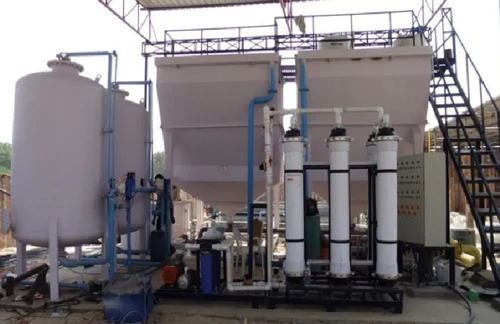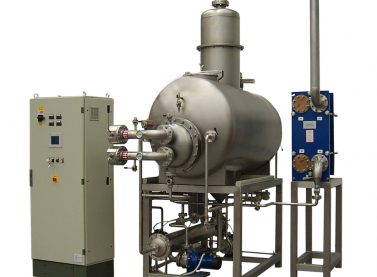Zero Liquid Discharge
Zero Liquid Discharge
Zero Liquid Discharge (ZLD) is an industrial water treatment process that aims to minimize or completely eliminate the discharge of liquid waste or effluent from a facility. The goal of ZLD is to recover and reuse as much water as possible, while also ensuring that any remaining waste is solidified or turned into a concentrated brine for proper disposal. ZLD is particularly important in industries that generate significant amounts of wastewater with high levels of contaminants, such as pollutants, chemicals, and dissolved solids.
Zero liquid discharge involves the following steps
-
Wastewater Collection
The first step involves collecting the wastewater generated from industrial processes. This wastewater can be highly contaminated and may contain a variety of pollutants.
-
Pre-treatment
The collected wastewater undergoes pre-treatment processes to remove large particles, oils, and some contaminants. This step helps prepare the wastewater for further treatment.
-
Primary Treatment
In the primary treatment stage, physical and chemical processes are used to separate solids, oils, and other substances from the wastewater. This process can include sedimentation, coagulation, flocculation, and filtration.
-
Secondary Treatment
The secondary treatment phase involves further removing dissolved and suspended contaminants from the wastewater. This can be achieved through biological treatment processes, such as activated sludge or biological filtration.
-
Tertiary Treatment
Tertiary treatment includes advanced processes like membrane filtration (ultrafiltration, nanofiltration, reverse osmosis) to further purify the wastewater and separate dissolved solids and contaminants from the water.
-
Concentration and Evaporation
The treated wastewater undergoes concentration and evaporation processes to reduce the volume of liquid waste. This can be done using techniques like mechanical vapor compression or multiple-effect evaporators.
-
Crystallization
Once the wastewater is concentrated, it may be further treated through crystallization. This process involves inducing the formation of solid crystals from the concentrated brine, which can then be removed and disposed of.
-
Solid Waste Management
Any solid waste generated during the ZLD process, including the crystallized solids, is collected, and properly managed for disposal, recycling, or reuse.
-
Water Recovery and Reuse
The treated water, now significantly purified through the ZLD process, can be reused within the industrial facility for processes that require high-quality water. This reduces the need for freshwater intake.



Zero Liquid Discharge systems are often used in industries such as power generation, chemical manufacturing, textile production, mining, and more, where stringent environmental regulations or water scarcity concerns require the responsible management of wastewater. While ZLD systems are effective at minimizing liquid waste discharge, they can be complex to design, implement, and maintain due to the variety of treatment steps involved and the need for advanced technologies.
Join Us in Our Mission & Vision
Become a part of our journey to get relived from your problems, create experiences, achieve goals. Whether you're an individual looking for product/service or a business seeking product/service, we're here to make a difference together.
